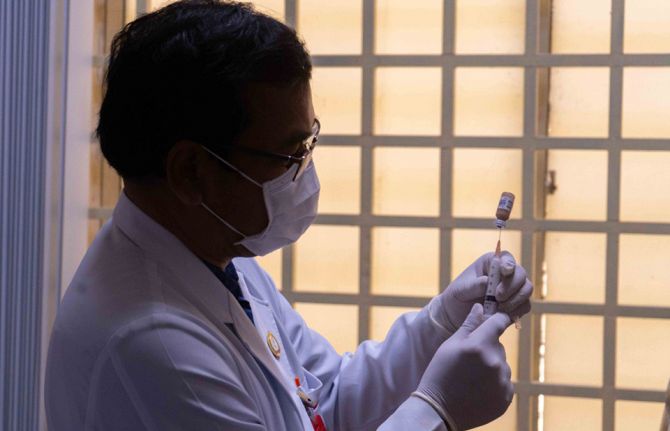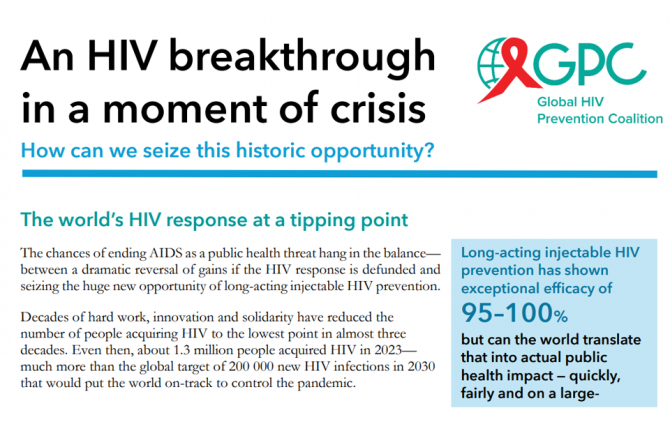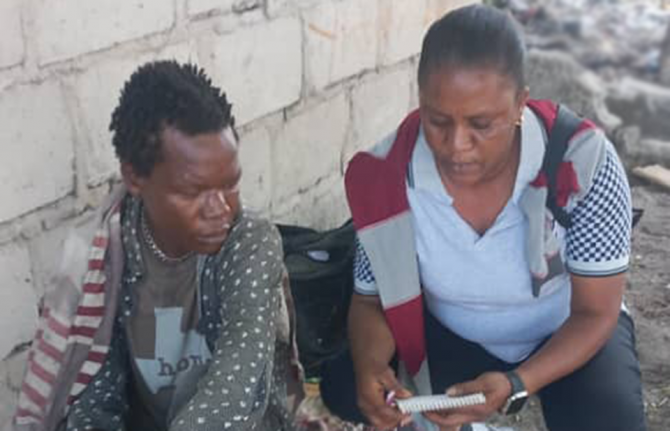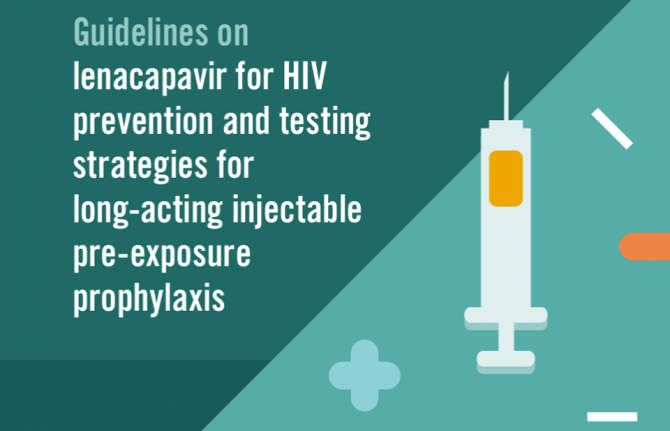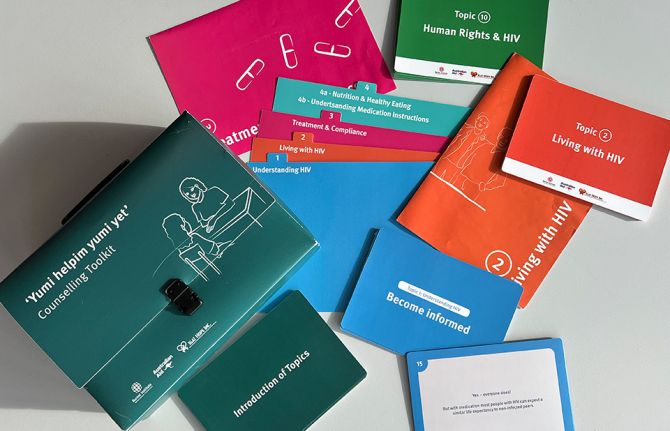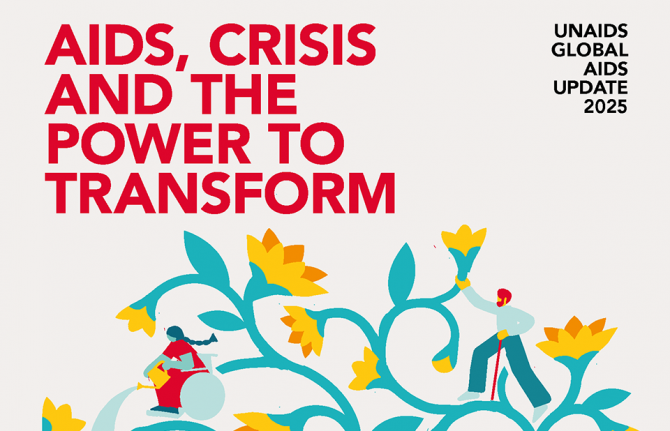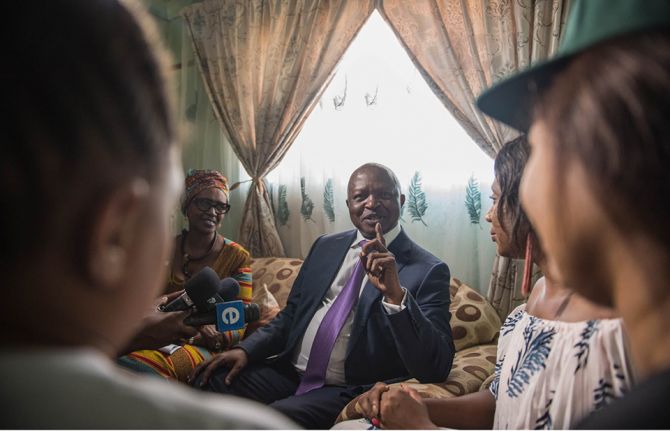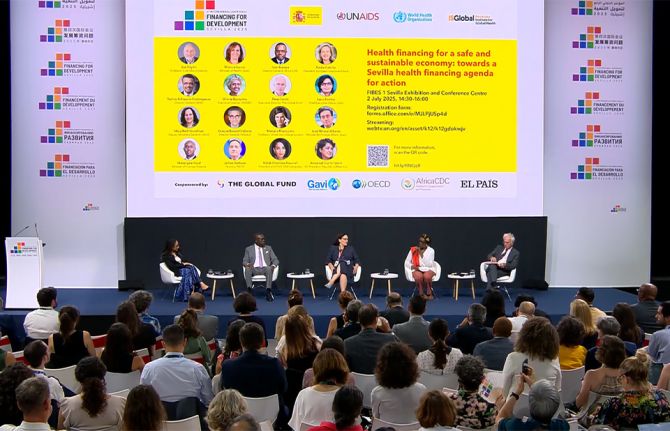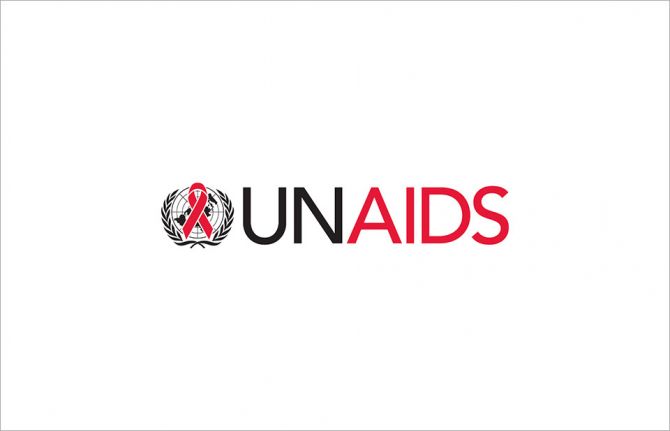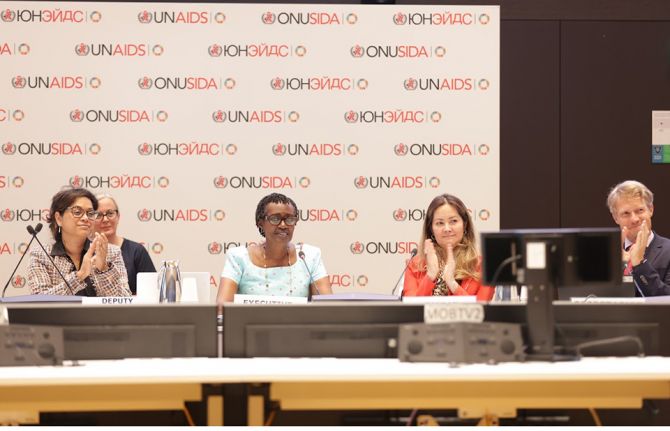
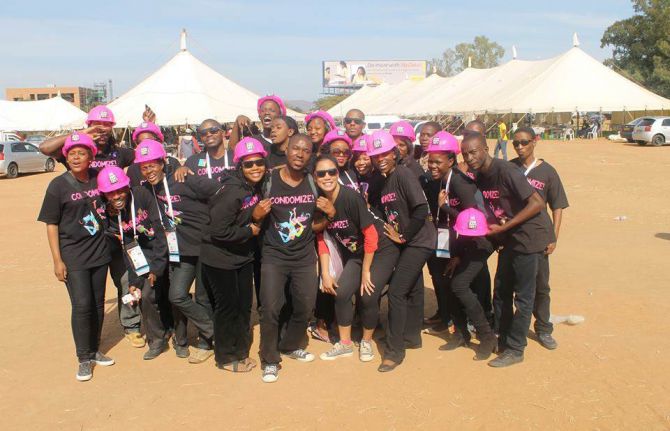
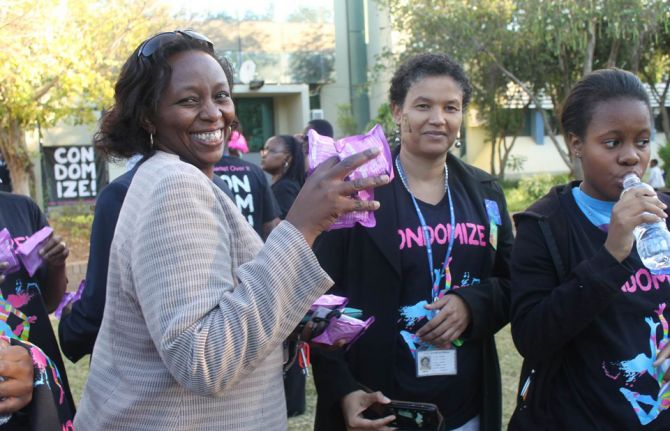
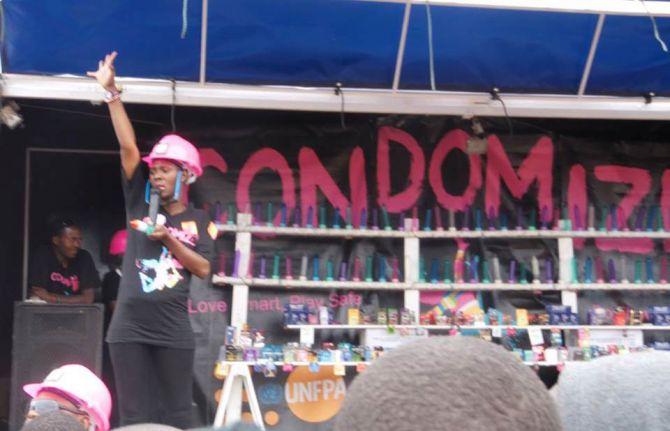
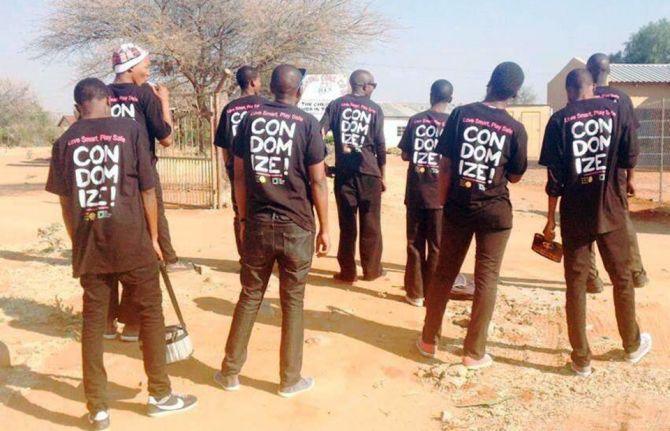
Feature Story
Plain speaking: bringing condoms into the open
05 October 2016
05 October 2016 05 October 2016“I want to make it in the corporate world,” says 19-year-old Millicent, known as Milly. A marketing major at the University of Botswana, she exudes sophistication and self-confidence.
But Milly has not always felt so confident about making the right decisions. She has not always felt able to protect herself from sexually transmitted infections, including HIV, or from unintended pregnancy. She was embarrassed to be seen to be sexually active and didn’t feel comfortable taking free condoms at the government clinic. And her boyfriend, Peter, felt self-conscious buying condoms at the pharmacy so they didn’t always have protected sex.
Milly says people tend to link condom use with promiscuity. “There’s a stereotype about teenagers using condoms,” she explains. “Condoms are said to be for adults. People don’t want to talk about them.” At the clinic, “You couldn’t just go in and take one,” she explains. “You were criticized because you were young and wanted condoms.”
Milly’s parents gave her only the most general information about preventing HIV, even though her father is a physician. Cultural norms in Botswana inhibit parents and children from talking openly about sex; it is assumed that if teenagers know about condoms, “they will want to experiment,” says Milly. She and Peter read a little about condoms, but they were still unsure how to use them. “We knew we were taking risks,” she says.
Milly and Peter belong to the age group, 15–24-year-olds, most at risk of HIV infection and UNAIDS reports that females 15–24 years old are twice as likely as males to be living with HIV. Kabo Ngombe of Botswana’s Ministry of Health says that a reluctance to talk about condoms is one reason why more young people do not use them. “A lot of people know about HIV and prevention methods, but they’re not changing their behaviour,” she says. “Young people lack role models. Their parents can’t talk to them about HIV. They prefer to learn from other young people.”
This is what happened to Milly. One day she saw a brightly painted truck moving slowly down the road with the word CONDOMIZE! painted on its side, surrounded by a lively young crowd. Standing in the bed of the truck were other young people, all wearing sleek black T-shirts with the words “Love Smart! Play Safe! CONDOMIZE!” blazoned across the front in electric pink. They wore bright pink hard hats on their heads. Rock music played as they warmly invited passers-by to step up and learn about condoms.
“This truck was really pulling a crowd!” says Milly. “I wanted to know who these people were and what they were doing in our community. It turned out they were educating young people about how to use condoms! And these were young people just like me! As a teenager, I want another teenager to give me information, not someone who criticizes me. This was really great!”
To date, this truck and a smaller one like it have covered some 2000 kilometres throughout Botswana. They are a major feature of the country’s CONDOMIZE! campaign, launched in June 2014 by the United Nations Population Fund and the Condom Project to draw attention to condoms in a user-friendly, welcoming, fun way that attracts young people like Milly. The young people on the truck were among 35 local volunteers trained to educate their peers about condoms. Botswana is one of six African countries where CONDOMIZE! campaigns have been going on since 2011.
The truck pulled up in a park where a table covered with bright displays of condoms had been set up, and the crowd continued to grow. The CONDOMIZE! team passed out baskets full of colourful condoms and packets of water-based lubricant, encouraging everyone to help themselves. “It was amazing!” says Milly “I didn’t know colourful condoms existed!” The condoms she saw that day came in many varieties as well as colours, different sizes and textures (ribbed, studded with little bumps, etc.), different thicknesses and appealing scents (banana, strawberry, chocolate), and had attractive packaging. By contrast, the free government condoms come in one size, shape and colour: orange. They are considered inferior because they are not branded and people say they smell bad and break easily.
But the new condoms went like hot cakes. “I took a lot,” Milly says with a giggle. “It was so much fun! Everybody was very surprised, very impressed and very happy to have such a campaign coming to educate them, to give them free condoms!”
Nowadays, Milly and Peter use condoms consistently and correctly, including the female condom, which was new to them. They enjoy the variety of textures, colours and scents, as well as the lubricants, which they didn’t know about before. Milly has come across other CONDOMIZE! events since then, and she is well-supplied with condoms.

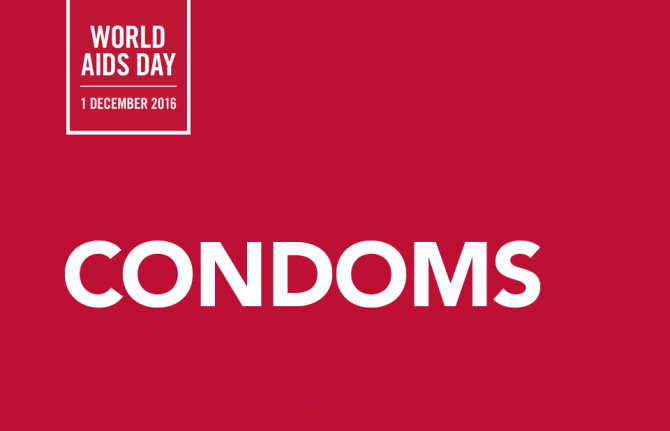
Update
Condoms
03 October 2016
03 October 2016 03 October 2016Condoms are at the centre of a combination HIV prevention approach; they are also cost-effective tools for preventing other sexually transmitted infections and unintended pregnancies. An estimated 45 million HIV infections have been averted through condom use globally since 1990. Achieving the global condom target for 2020 would avert 3.4 million new infections. The cost per infection averted would be approximately $450, well below the lifetime cost of providing antiretroviral treatment.
PREVENTION GAPS
- Stagnation of international and domestic funds for condom procurement and programming.
- An annual gap of more than 3 billion male condoms in sub-Saharan Africa.
- Inconsistent condom use within many populations and locations in greatest need, including challenges for women to negotiate condom use.
- Insufficient availability of lubricants and female condoms.
WAY FORWARD
- Increase resources for condom procurement, distribution and promotion.
- Provide male and female condoms in combination prevention packages.
- Diversify condom products, including provision of female condoms alongside male condoms and lubricants.
- Develop new approaches to increase condom use and to enhance the positive perception of condoms among the various populations in need.
- Engage communities in condom provision and use innovative service provision mechanisms.
In 2015, an estimated 1.9 million [1.7 million–2.2 million] adults (15+) were newly infected with HIV—the vast majority through sexual transmission—and an estimated 357 million people acquired chlamydia, gonorrhoea, syphilis or trichomoniasis. Every year, more than 200 million women have unmet needs for contraception, leading to approximately 80 million unintended pregnancies. Condoms effectively prevent all of these conditions. Optimal condom programming is a key part of the ambitious global targets to provide access to comprehensive prevention services to 90% of people at risk of HIV infection and to reduce new HIV infections to fewer than 500 000 globally. In recognition of this, countries agreed in the 2016 Political Declaration on HIV and AIDS to increase the annual availability of condoms to 20 billion by 2020. This includes approximately seven billion condoms for sub-Saharan Africa annually and 30–50 condoms per male, per year in high-prevalence countries.

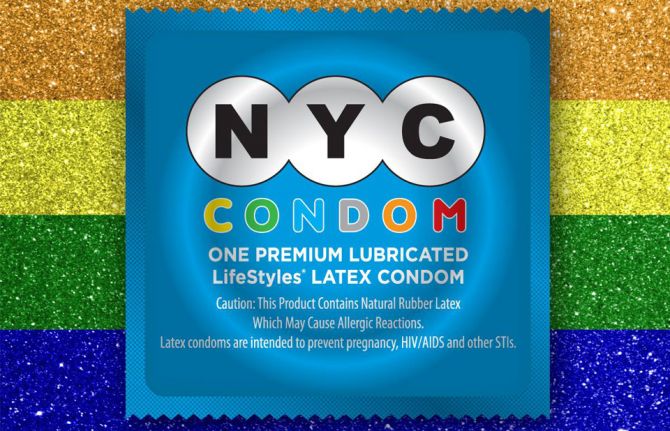
Feature Story
NYC Condom reaching key populations with targeted distribution, marketing and mobile phone app
03 October 2016
03 October 2016 03 October 2016New York City was the first city in the world to have its own municipally branded condom, and it currently maintains the largest free condom programme in the United States of America. Even in this high income, cosmopolitan city, free condom distribution is instrumental in preventing HIV, other sexually transmitted infections and unintended pregnancies among key populations. Free condom distribution is included as a cost-saving and cost-effective prevention strategy within the 2015 Blueprint for ending the AIDS epidemic in New York State by 2020.
New HIV diagnoses in New York City, 2001-2014
Source: New York City Health Department
New York City’s free condom programme started in 1971, with free condoms distributed through the city’s clinics for sexually transmitted infections. In 2007, the Health Department launched the NYC Condom. Since then, every National Condom Awareness Day (held on St Valentine’s Day) has included a change in the look of the NYC condom packaging or the addition of a new layer of social marketing to the programme.
The Health Department supplies male condoms, female condoms and lubricant freely to any New York City organization or business that wishes to distribute them. In 2011, the Health Department created the NYC Condom Finder, a mobile phone application that uses GPS to assist users to find condom outlets across the city; this app has been downloaded by tens of thousands of people.
New York City’s Condom Availability Program (NYCAP) has over 3500 condom distribution partners and in 2014 distributed over 37.1 million male condoms and almost 1.2 million female condoms across the five boroughs. These partners focus distribution on neighbourhoods with the highest rates of HIV in the city, and to locations that serve people living with HIV and key populations, such as gay men and other men who have sex with men.
The programme works to increase the awareness, availability and accessibility of condoms to the residents of New York City by maintaining a strong community presence. In 2014, NYCAP participated in over 105 community events, provided 825 presentations in the Health Department’s clinics for sexually transmitted infections, and participated in all official and unofficial Gay Pride events in the city, reaching over 53 500 individuals.
Awareness and access to NYC Condoms is high among key populations. Over 75% of individuals polled at Gay Pride events and an African American Day Parade had seen or heard of NYC Condoms and had obtained them.
At the Health Department’s clinics for sexually transmitted infections, 86% of people surveyed were aware of NYC Condoms and 76% had obtained them. Condom use was also high, ranging from 69% to 81% among people who obtained NYC condoms.
Since the launch of the NYC Condom, more than 300 million NYC Condoms have been distributed. The trend in new diagnoses of heterosexually transmitted HIV infections has been reversed with a reduction of 52% between 2007 and 2014.

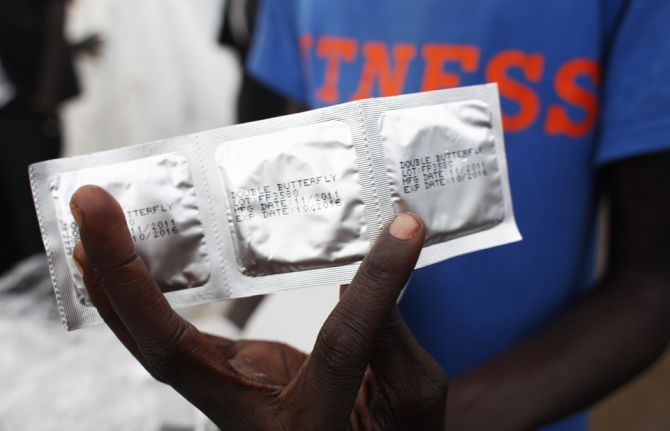
Feature Story
Putting condoms on the Fast-Track as an efficient and cost-effective HIV prevention method
03 October 2016
03 October 2016 03 October 2016The UNAIDS Prevention gap report shows that HIV prevention efforts must be reinvigorated if the world is to stay on the Fast-Track to ending the AIDS epidemic by 2030. To achieve the global Fast-Track Target of reducing the number of new HIV infections to fewer than 500 000 by 2020, more political commitment and increased investment in HIV prevention, including condom promotion, are needed.
In 2015, an estimated 1.9 million [1.7 million–2.2 million] adults aged 15 years and over were newly infected with HIV—the vast majority through sexual transmission—and an estimated 500 million people acquired chlamydia, gonorrhoea, syphilis or trichomoniasis. Every year, more than 200 million women have unmet needs for contraception, leading to approximately 80 million unintended pregnancies. Condoms effectively prevent all of these.
Male and female condoms are highly effective and the most widely available prevention tool, even in resource-poor settings, for people at risk of HIV infection, other sexually transmitted infections and unintended pregnancies. Condoms are inexpensive, cost-effective and easy to store and transport, their use does not require assistance of medical or health-care personnel and they can be utilized by anyone who is sexually active. A recent global modelling analysis estimated that condoms have averted up to 45 million new HIV infections since the onset of the HIV epidemic. For many young people worldwide, condoms remain the only realistic option to protect themselves.
The promotion of consistent use of condoms is a critical component of HIV combination prevention. Condom utilization complements all other HIV prevention methods, including a reduction in the number of sexual partners, voluntary medical male circumcision, pre-exposure prophylaxis (PrEP) and treatment as prevention for serodiscordant couples.
Despite increased use of condoms over the past two decades, studies show that reported use of condoms during a person’s most recent sexual encounter with a non-regular partner ranged from 80% in some countries to less than 30% in others. There is an urgent need for countries to strengthen demand for and supply of condoms and water-based lubricant. Countries agreed in the 2016 Political Declaration on Ending AIDS to increase the annual availability of condoms in low- and middle-income countries to 20 billion by 2020.
Many countries have not yet set ambitious condom distribution and use targets and condoms are suboptimally programmed, with gaps in demand creation and supply. Few condom programmes adequately address the barriers that hinder access and the use of condoms by young people, in particular adolescent girls and young women, gay men and other men who have sex with men and sex workers. In many countries, condoms are not easily available to young people in schools or anywhere outside health facilities. In some contexts, sex workers have unprotected sex with their clients, as carrying condoms is criminalized and used as evidence by the police to harass or prove involvement in sex work. Some programmes only provide a handful of condoms to each sex worker at each visit, but sex workers may have many more clients than condoms supplied. There is also insufficient access to lubricants—less than 25% of men who have sex with men in 165 countries have easy access to free lubricant, and many sex workers, too, desire but lack access to lubricants. Most countries do not plan for the provision of lubricants in their national strategic plans and condom programmes.
International funding for condom procurement in sub-Saharan Africa has stagnated in recent years, and domestic funding has not sufficiently increased. Funding for condom distribution and promotion has even declined. In 2015, there was an estimated gap of more than 3 billion condoms in sub-Saharan Africa against a total need of 6 billion.
To be successful, comprehensive condom programming must address components such as leadership and coordination, supply and commodity security, demand, access and promotion of utilization, and technical and logistic support. It is critical for governments to create an enabling environment among policy-makers and service providers so that users will be made aware of their risks, feel free to demand and access male and female condoms and have the knowledge to use them correctly and consistently. Young people and key populations are strong allies in the promotion of access to condoms. At the last International AIDS Conference in Durban, South Africa, for example, South African youth demonstrated for access to condoms and other sexual and reproductive health services and commodities such as sanitary pads.
Effective condom promotion should be tailored for people at increased risk of HIV and other sexually transmitted infections and/or unintended pregnancy, including young people, sex workers and their clients, injecting drug users and gay men and other men who have sex with men. Many young women and girls, especially those in long-term relationships and sex workers, do not have the power to negotiate the use of condoms, as men are often resistant to their use. Condoms should also be made available in prisons and other closed settings and in humanitarian crisis situations.
There also needs to be a greater leverage of social networks, social media and new technologies to promote condom use and improved focusing. The UNFPA’s CONDOMIZE! campaign to destigmatize and promote condom use is being rolled out in nine countries, led by national governments, with two more national rollouts planned for 2016. The campaign actively involves young people as ambassadors, bloggers and peer educators. In the United States of America, condoms are increasingly promoted and freely distributed in schools in order to address health matters such as unintended teenage pregnancies, sexually transmitted infections and HIV. Cities such as New York and Washington, DC, have established targeted free condom distribution to reach key populations and people at higher risk. In France, condom distribution machines have been placed in schools and the South African Department of Education is in the process of revising its policies in order to allow condom promotion and distribution in schools.
In Zimbabwe, the government has supported large-scale condom distribution through social marketing and free distribution channels. In 2014, 104 million male condoms were distributed in Zimbabwe, one of the highest numbers in the world. Increases in condom use are credited as being one of the reasons that new HIV infections were halved for adults from 2009 to 2015. The South African government has funded a nationwide female condom distribution programme with over 300 distribution sites. In Brazil, public health officials have developed one of the largest condom distribution and promotion campaigns in the world. Despite some objections, the Brazilian government has remained steadfast in its commitment to sharing medically accurate information regarding the benefits of condom use.
Putting condoms on the Fast-Track and achieving 90% condom use by people at risk who are having sex with a non-regular partner would avert an additional 3.4 million new HIV infections by 2020 and would also have a significant impact on preventing other sexually transmitted infections and unintended pregnancies.


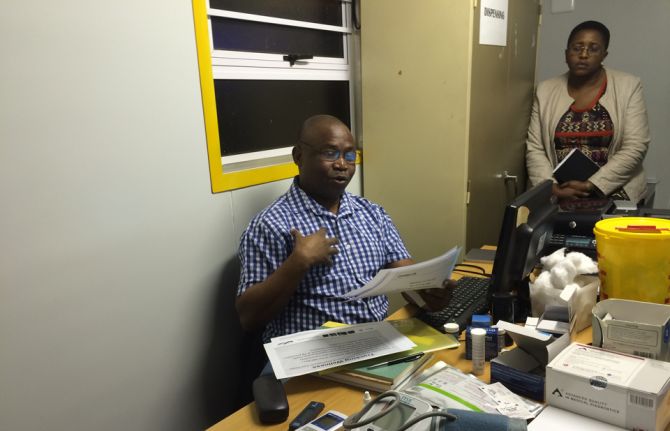
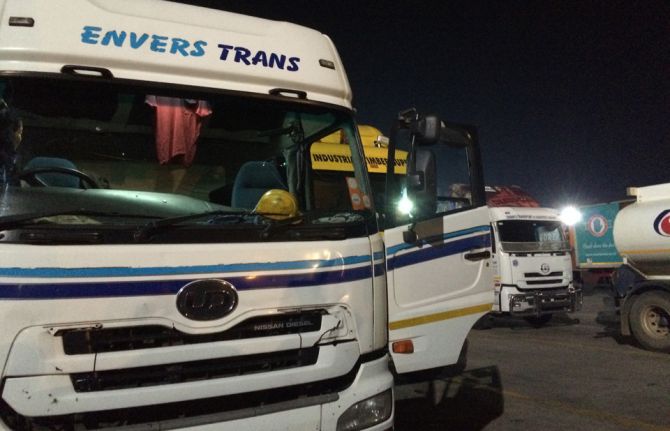
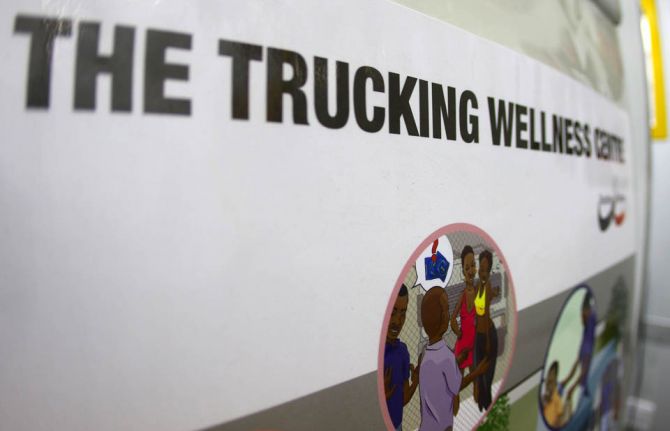
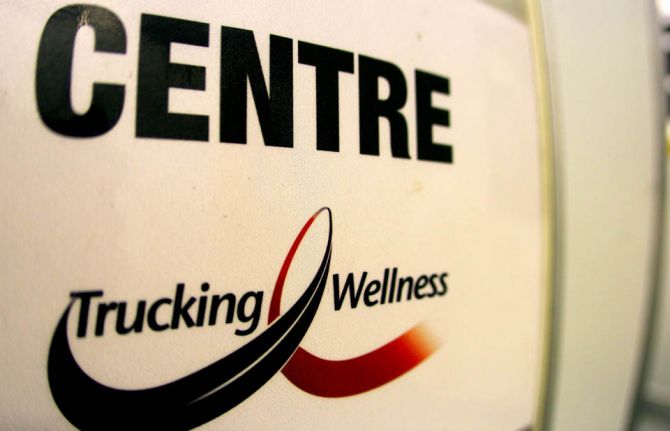
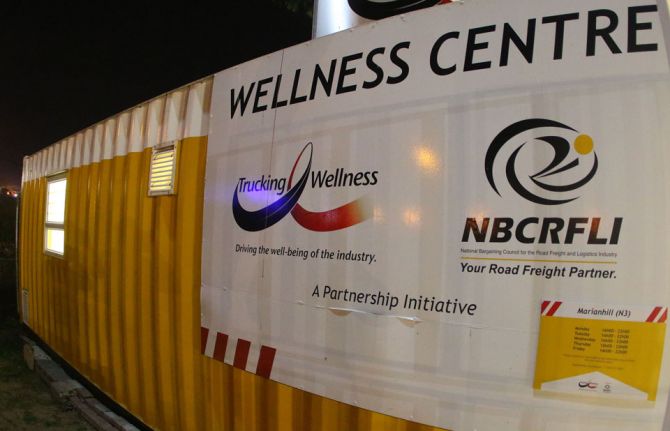
Feature Story
One-stop-shop for truckers’ health in South Africa
17 November 2016
17 November 2016 17 November 2016Mandie Pakkies is shivering outside in her thin black coat on a chilly Durban winter’s night at a truck stop in the suburb of Marianhill on one of the main trucking routes out of Africa’s busiest port. The steady stream of trucks passing by on the highway do not disturb her. She’s actually eager for some of them to pull in for diesel and even a chat. Her job is to encourage truck drivers to take care of their health, and when they park up for the night she invites them into a clinic constructed out of shipping containers at the far end of the truck stop.
“These drivers have such pressing health needs! It’s encouraging to see them come to have their blood pressure taken or want to know their HIV status,” Ms Pakkies said. “I am even teaching them the basics like “drink water”, or “walk 20 minutes to get exercise before you go to sleep in the parking lot.””
The clinic opens in the evenings to coincide with the overnight stop that many truckers make before loading up at the port first thing in the morning. Ms Pakkies, the peer educator, and Thuthuka Xulu, a professional nurse, work side by side welcoming truck drivers and the sex workers from the surrounding streets, who come into the parking lot with the drivers. “We not only provide basic health services, but we test for HIV, tuberculosis and sexually transmitted infections, and of course we distribute a lot of condoms,” said Mr Xulu.
With 2000 trucks passing weekly at the Marianhill site and about 500 trucks parking overnight, the team has plenty to do. Truck drivers come from all over South Africa and neighbouring countries. Owing to their erratic schedules and mobility, truckers face many challenges in accessing basic health services. To respond to these needs and those of the sex workers who work around the truck stop, Truckers Wellness established a network of clinics along the major trucking routes around South Africa.
The Marianhill Trucking Wellness Centre is one of 22 such clinics in the country within a larger network of trucker outreach projects across the region. This programme, launched in 1999, is funded by the freight industry and truck owners and linked to Department of Health services. In the last five years they have tested more than 10 000 people for HIV, averaging around 30 tests per week.
“We are seeing more people get tested and seek our services,” added Mr Xulu, seated behind a cramped desk covered with folders, a box of surgical gloves and HIV testing kits.
The next step for his centre is to be able to adopt the World Health Organization’s guidelines, so that patients can start antiretroviral therapy immediately if they test positive. Grinning he said, “That will really enlarge the scope of our centre.”

